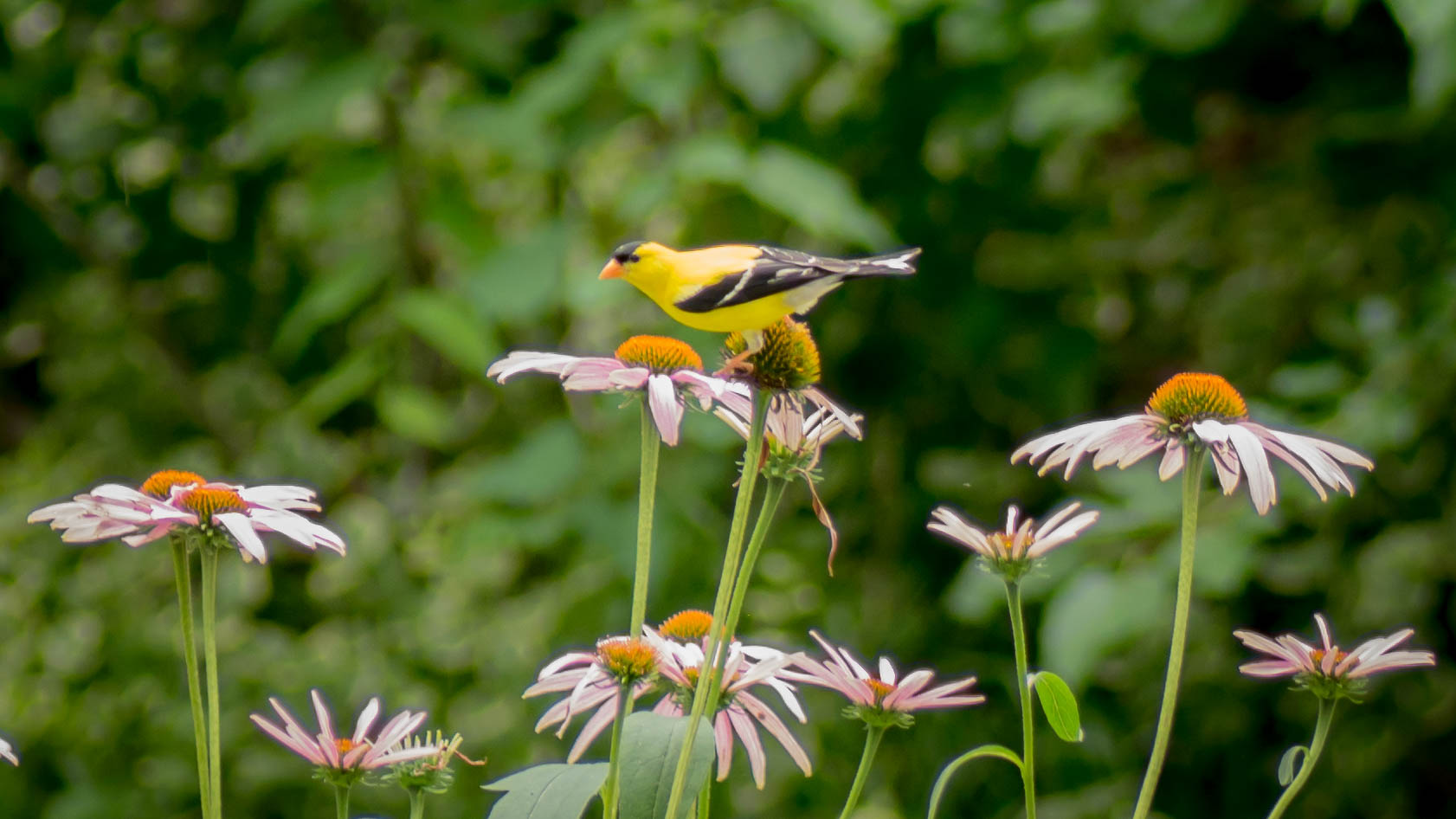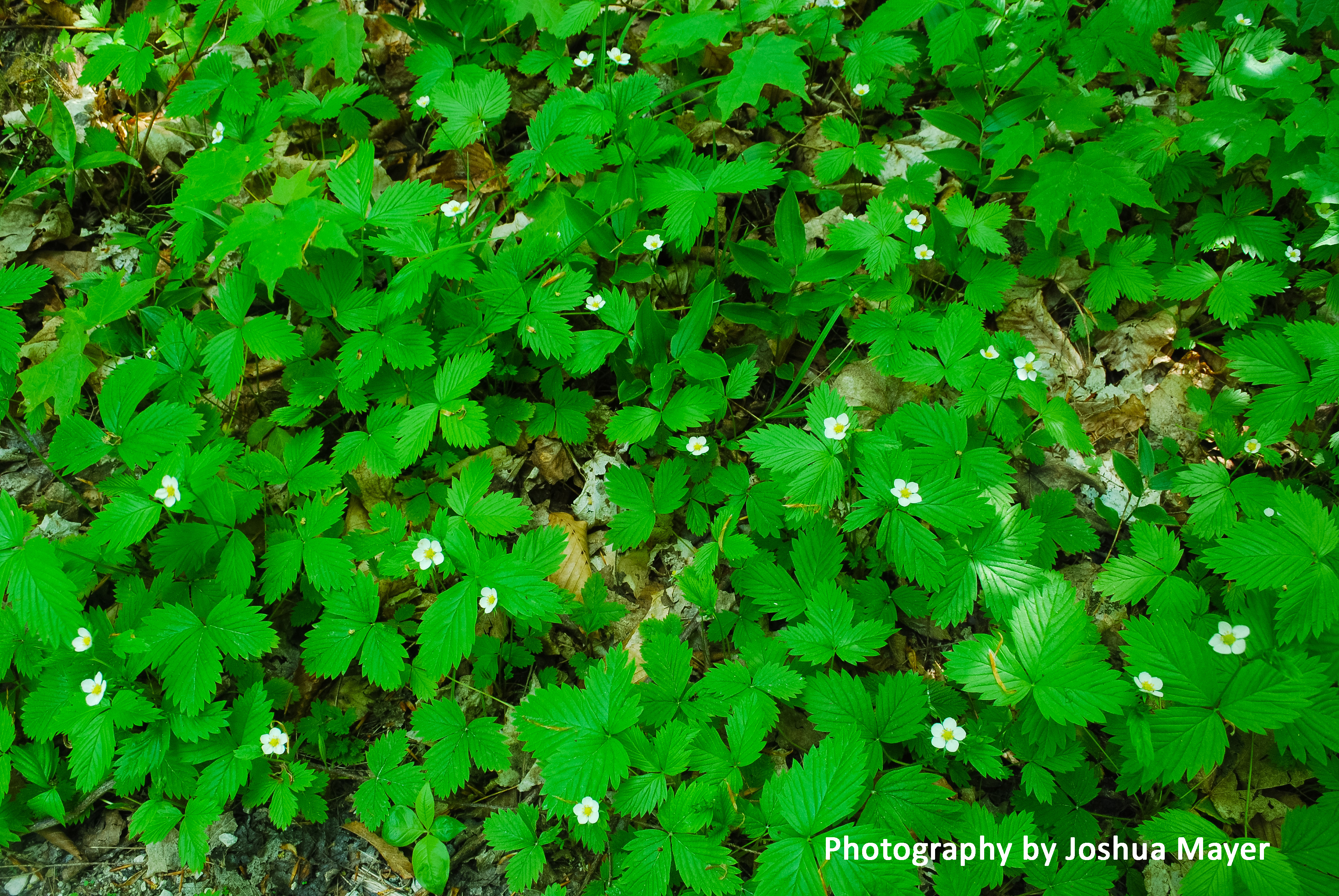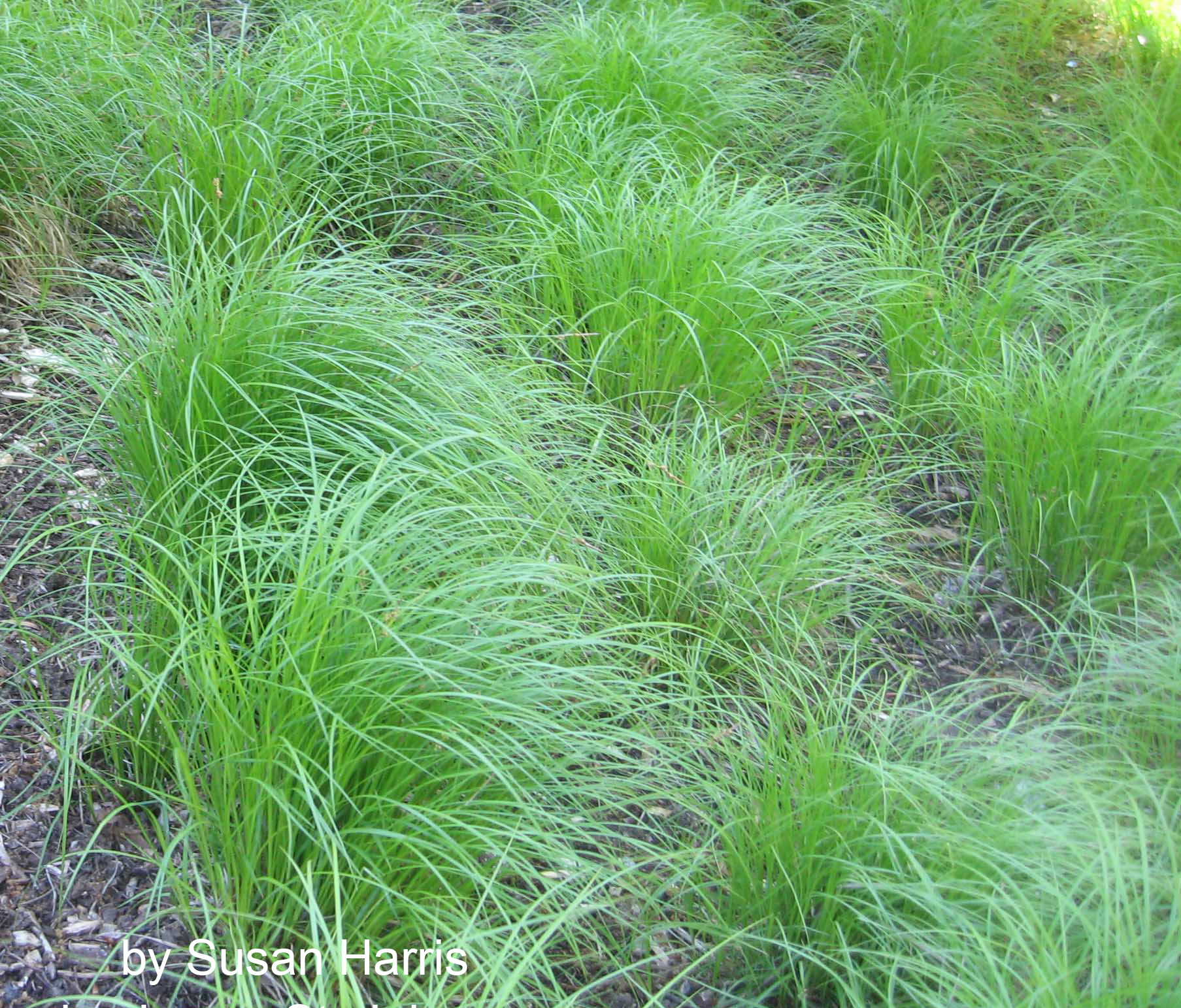I was bound and determined to get my patio pots planted last weekend. I had all ten of them cleaned and ready to be filled, my color scheme picked out and each placement imagined. I knew exactly how many would have to survive in the brutal midwestern sun and which ones would sit in complete shade almost all the time. I was ready!
Then I got to the garden center — and was instantly uninspired. Understand, it wasn’t the fault of the place. Their plants were attractive and healthy; they had obviously been well cared for. They were organized and had excellent care information. They were reasonably priced. The problem? I was tired of planting the same flowers year after year. I needed a change.
On the way out, nestled in between their packs of annuals and pots of perennials, I noticed a small section of some of the familiar native grasses, sedges and blooming plants. That was my Eureka moment. It was time to try planting natives in containers.
Although some gardeners still consider all native plants to be too unrestrained, too wild and too weedy to have a place in an urban container garden, that simply isn’t true.The reality is that native plants, like traditional annuals and perennials, have a range of sizes and shapes. Some are tall and rangy, but others are small with restrained growth habits and showy blossoms that rival summer blooming annuals.
Filling pots with native plants yields some unexpected benefits. Growing natives in containers helps to enrich and extend habitat for our native wildlife. A recent report issued by the UN’s Intergovernmental Science-Policy Platform on Biodiversity and Ecosystem Services warned that species of all types are disappearing at an alarming rate. It says as many as 1 million species are at risk of extinction due to human activity. Adding even just a few native plants gives birds, butterflies and other insects access to essential nutrients or habitat requirements that they may not be able to get from other, non-native plants. It helps to restore a balance to our ecosystems and protects essential biodiversity.
Planted in appropriately sized containers, grown in the correct environment and given proper care, natives, being hardy plants adapted to the conditions in which they evolved, can flourish through several seasons without being replaced. Traditional annuals typically last only one season which means the expense of purchasing new plants and either adding fresh soil or amending the existing happens every year. While they may be more expensive initially, natives may prove to be the less expensive choice over time.
Trading natives for traditional summer plants like impatiens and cannas helps to conserve natural resources. Under most conditions, established natives will need less water and fertilizer than annuals since they are adapted to the local environment. They are also less prone to diseases and usually require fewer applications of insecticides. Fewer toxins applied means fewer toxins entering the environment or killing beneficial insects as well as the pests.
Finally, natives communicate a sense of place; they evoke images of the prairies, meadows and woodlands of the American past. They remind us of the landscape before human beings began altering the natural world to meet their wants and needs. They connect us to our history.
The same basic design principles are used when creating pots for natives. Like their ornamental counterparts, designs for native containers feature thrillers for focal points, fillers for visual weight and depth and spillers to move the eye throughout the design.
Unlike traditional summer flowering selections which bloom the entire summer however, natives bloom for a limited time so other elements take center stage. When choosing varieties for container planting, it’s important to consider foliage shape and texture as well as bloom color and timing. Combining a variety of sizes, forms and textures creates captivating arrangements.
The choice of soil is important to the success of a container planted with natives. Potting mix is an excellent choice for a single season planter, but for a long-term pot, it isn’t adequate. Soil lightened with compost, perlite and sand is preferable. Applications of organic fertilizers will also periodically be necessary. It is also important to know the optimal ph of the plants so the acidity of the soil can be adjusted.
Containers, whether planted with natives or ornamentals, need more frequent waterings than in-ground beds. A smaller container will need more frequent watering than a larger one, as will a pot that sits in drying winds every day. As plants grow and root systems become more dense, then the need for water will also increase.
With so many varieties of natives available, it can be difficult to decide which are best suited to container planting. There are several excellent online lists available. (Links provided below.) To get you started though, we have included a brief list of some of our favorites here at Embassy.
THRILLERS
Maidenhair fern (Adiantum pedatum)
Interrupted fern (Osmunda claytoniana)
Switchgrass
River Oats (Chasmanthium latifolium)
Purple coneflower (Echinacea purpurea)
SPILLERS
Verbena (Glandularia canadensis)
Wild Strawberries (Fragaria spp)
Purple poppy mallow (Callirhoe involuerata)
FILLERS
Sedges
Jacob’s ladder (Polemonium reptans)
Prairie dropseed (Sporobolus heterolepis)
Slender mountain mint (Pyenanthemum tenuifolium)
HELPFUL LINKS
http://grownative.org/native-plant-info/plant-picker/
https://www.wildflower.org/learn/container-gardening-native-plants






















